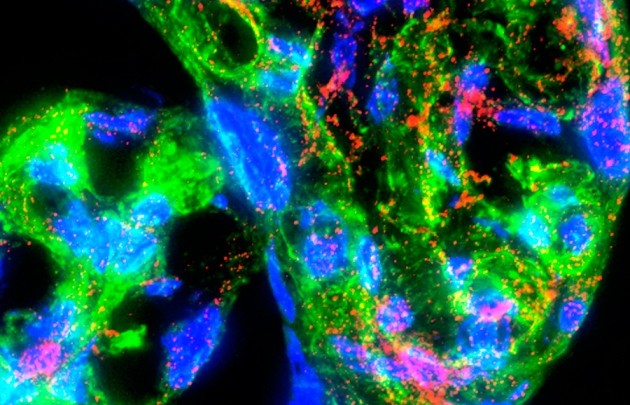
Nih invests us$41. 5 million in placenta research
- Select a language for the TTS:
- UK English Female
- UK English Male
- US English Female
- US English Male
- Australian Female
- Australian Male
- Language selected: (auto detect) - EN
Play all audios:

US agency launches project aimed at monitoring organ in real time. Access through your institution Buy or subscribe This is a preview of subscription content, access via your institution
ACCESS OPTIONS Access through your institution Subscribe to this journal Receive 51 print issues and online access $199.00 per year only $3.90 per issue Learn more Buy this article *
Purchase on SpringerLink * Instant access to full article PDF Buy now Prices may be subject to local taxes which are calculated during checkout ADDITIONAL ACCESS OPTIONS: * Log in * Learn
about institutional subscriptions * Read our FAQs * Contact customer support REFERENCES * Koh, W. et al. _Proc. Natl. Acad. Sci. USA_ 111, 7361-7366 (2014). Article ADS CAS Google Scholar
Download references Authors * Sara Reardon View author publications You can also search for this author inPubMed Google Scholar ADDITIONAL INFORMATION _Follow Sara on Twitter _
@Sara_Reardon RELATED LINKS RELATED LINKS RELATED LINKS IN NATURE RESEARCH Biodefence researchers seek 'Homo chippiens' 2015-Feb-17 NIH ends longitudinal children’s study
2014-Dec-12 Bacteria found in healthy placentas 2014-May-21 Placenta to the rescue 2011-Aug-01 Baby's genome hidden in mother's blood 2010-Dec-08 RELATED EXTERNAL LINKS NIH Human
Placenta Project RIGHTS AND PERMISSIONS Reprints and permissions ABOUT THIS ARTICLE CITE THIS ARTICLE Reardon, S. NIH invests US$41.5 million in placenta research. _Nature_ (2015).
https://doi.org/10.1038/nature.2015.17017 Download citation * Published: 27 February 2015 * DOI: https://doi.org/10.1038/nature.2015.17017 SHARE THIS ARTICLE Anyone you share the following
link with will be able to read this content: Get shareable link Sorry, a shareable link is not currently available for this article. Copy to clipboard Provided by the Springer Nature
SharedIt content-sharing initiative
